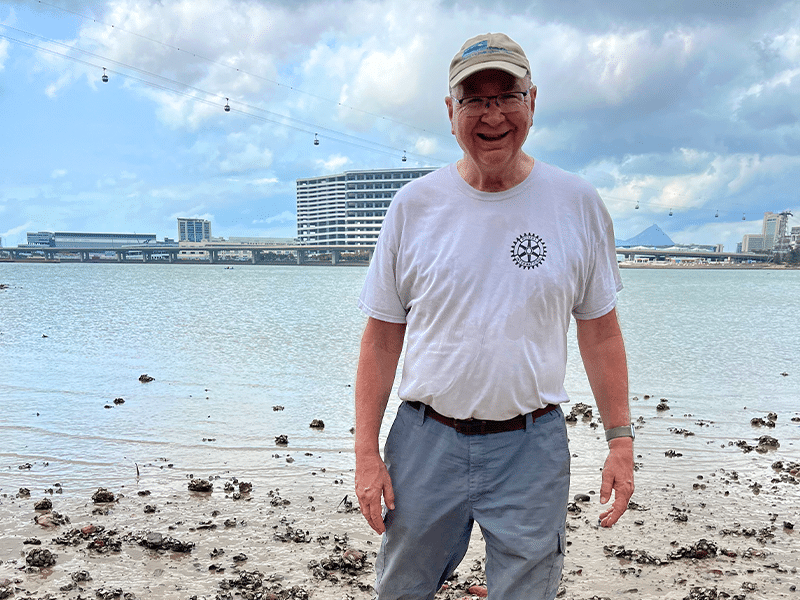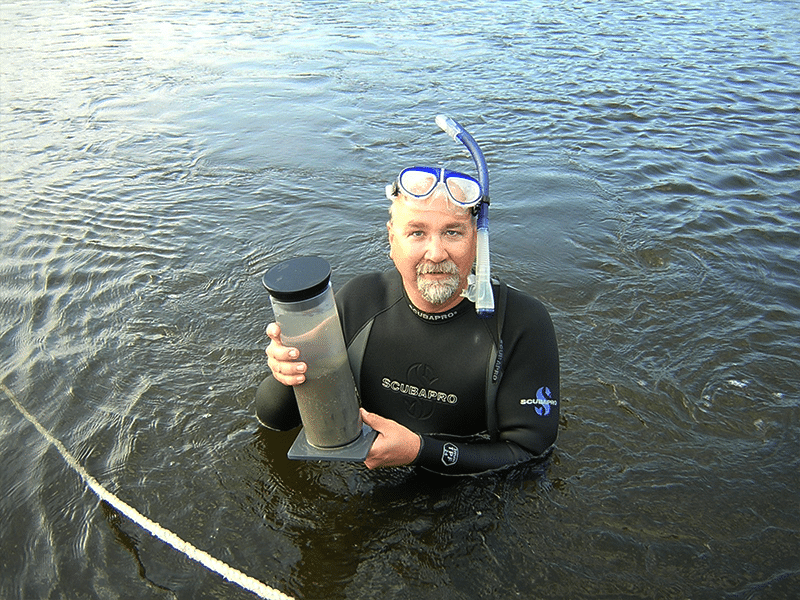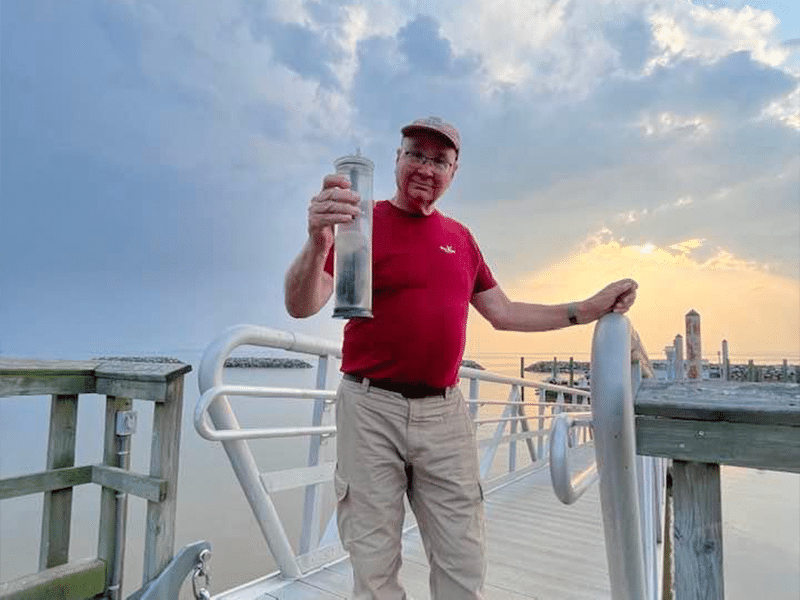1oo Stories

People
A Career Sparked by a Storm



Jeff Cornwell, a faculty member at UMCES for 39 years, began his journey into science coincident with a storm—Hurricane Agnes in 1972 occurred during his high school graduation. A college geology course showed him the devastation the storm left on the upper Chesapeake Bay watershed. Years later, after research in Alaska and Texas, his work at Horn Point involved understanding the long-term impacts of the storm and increasing nutrient inputs on the Bay’s ecosystem. That early work laid the foundation for a career dedicated to understanding sediment dynamics, nutrient cycling, and the health of the Bay.
Cornwell’s research has played a critical role in highlighting the connection between oysters and water quality. His work has helped quantify just how much nitrogen oysters remove from the water—an essential insight for policymakers working to restore the Bay. His leadership brought oyster filtration and nutrient management to the forefront, influencing best management practices and shaping restoration strategies.
In the 1980’s, Cornwell’s colleagues identified wetland loss as a growing problem in the Chesapeake region, particularly in Blackwater National Wildlife Refuge. Today, with sea level rise accelerating that loss, his work informs efforts to rebuild wetlands using dredged material to prevent further erosion. The meshing of the needs of Maryland shipping and commerce with environmental benefits has placed UMCES research at the forefront of understanding the benefits of dredged material for coastal restoration. His research has underscored the crucial role wetlands play in filtering nutrients and buffering shorelines from climate change-driven impacts.
Ten years ago, the question of sediment storage in the Susquehanna River’s reservoirs became a major political and scientific debate. Cornwell, along with Horn Point colleagues, UMCES leadership, and the Maryland Department of the Environment, led a million-dollar research initiative to investigate the issue. Their findings helped shape policies on sediment and nutrient management, reinforcing the need for ongoing monitoring and adaptive strategies for the Bay’s health.






